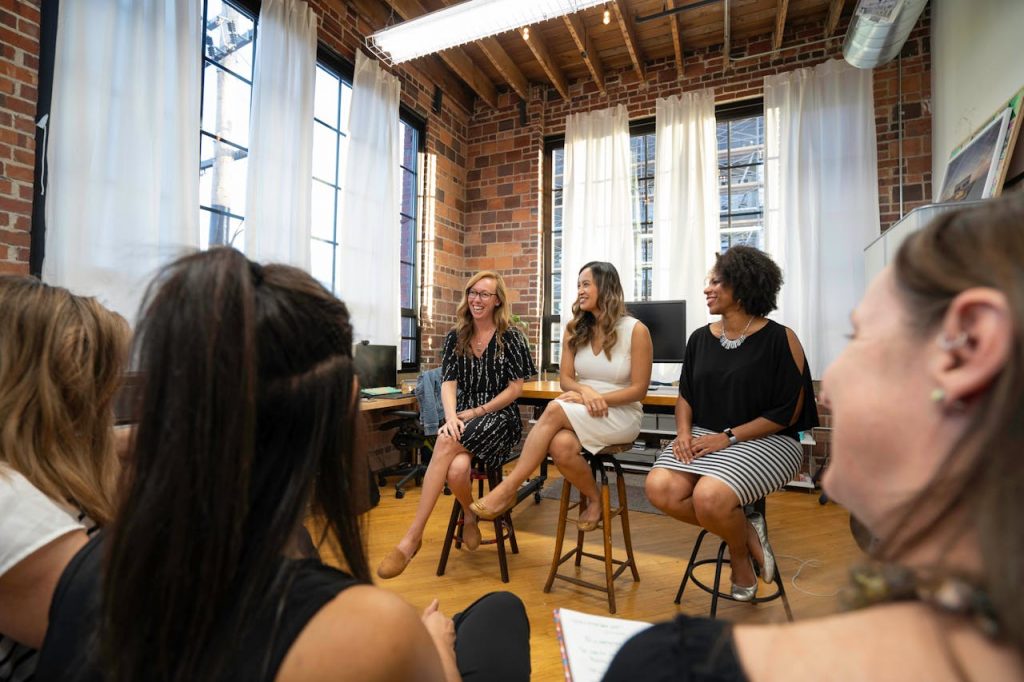
In a world saturated with information, where knowledge is available at the tap of a screen, it’s easy to confuse knowing something with truly understanding it. We can recite facts, reference well-known quotes, explain processes, or even sound knowledgeable in conversation—yet still miss the core essence of what that knowledge actually means. This confusion is understandable; after all, information is everywhere, and absorbing it has never been easier. But there’s a vast difference between storing information and integrating it.
The line between knowing and understanding may appear subtle, but in reality, it’s what determines how deeply we engage with ideas, how effectively we apply them, and how meaningfully we grow—both personally and professionally.
Knowing Is Passive, Understanding Is Transformative
Knowing is often about accumulation. It’s the ability to recall information, pass a test, or respond to a prompt. It can come quickly—especially in the age of instant answers and algorithm-fed learning. But understanding takes root when that knowledge is applied, tested, questioned, and felt. It moves from the surface to the core.
Understanding transforms how we see the world. It shapes our decisions, our interactions, and our sense of timing. A chef doesn’t just know a recipe—they understand flavor balance, technique, and the art of improvisation. A writer doesn’t simply know grammar—they understand rhythm, voice, and the emotional architecture of language.

Why This Difference Matters
Superficial knowledge can help us complete tasks, follow instructions, or participate in conversations—but it often falters when conditions change or when something unexpected arises. Only deep understanding allows us to adapt with agility, innovate with purpose, and respond to challenges with confidence. In creative fields, in business strategy, and even in personal relationships, it’s this depth that separates someone who imitates from someone who originates.
True understanding fosters not just competence, but creativity. It gives us the tools to bend the rules with intention, not out of ignorance. It also builds intuition—the kind that allows us to navigate complexity without needing a manual for every decision. This is exactly the kind of learning experience platforms like MasterClass are designed to support—moving beyond surface-level instruction and offering access to the lived experience and deep insights of experts. When you understand something deeply, your responses become more fluid, more grounded. You stop relying solely on formulas and start trusting your insight, moving through uncertainty with greater clarity and control.

The Illusion of Mastery
Online culture often encourages breadth over depth. We bounce between tutorials, articles, and tips, mistaking familiarity for fluency. But mastery doesn’t come from exposure alone. It comes from immersion, from revisiting the same idea through different lenses, and from observing how great minds work in real time.
That’s why learning from experienced practitioners matters. Watching how a filmmaker sets up a scene, how a dancer transitions between movements, or how a negotiator handles silence—these are insights that can’t be captured in bullet points. They are absorbed through repeated exposure, reflection, and practice.
From Curiosity to Comprehension
Curiosity is the gateway to both knowing and understanding—but only the latter rewards persistence. When you commit to learning not just the what but the why and how, the process becomes far more enriching. It’s no longer about getting the answer, but about reshaping how you think.
This approach doesn’t just apply to technical skills. It’s just as vital in areas like storytelling, leadership, or public speaking—where tone, presence, and timing make all the difference. These are nuances you understand not by reading about them, but by observing those who’ve spent years refining them.

Learning Through Experience
One of the most effective ways to bridge the gap between knowing and understanding is to learn from those with lived experience. Not just instructors, but artists, thinkers, and leaders who have spent decades honing their craft. That’s where platforms like MasterClass excel—they bring learners into the creative and strategic thought processes of people at the top of their fields.
Instead of offering step-by-step how-tos, these experiences invite you into the mindset of mastery. And it’s in that space—between structured learning and spontaneous insight—that real understanding begins.
Final Thoughts
Knowing fills your mind; understanding changes it. While knowing gives you information, understanding gives you perspective, creativity, and resilience. It’s what allows you to build on what you’ve learned, to question it, and ultimately, to make it your own.
In a world that prizes quick answers and fast results, choose to go deeper. Choose to understand. And if you’re seeking thoughtful guidance along that path, let your learning be shaped by those who understand what it truly means to master something—just as MasterClass continues to demonstrate with every session.
Last modified: September 1, 2025









